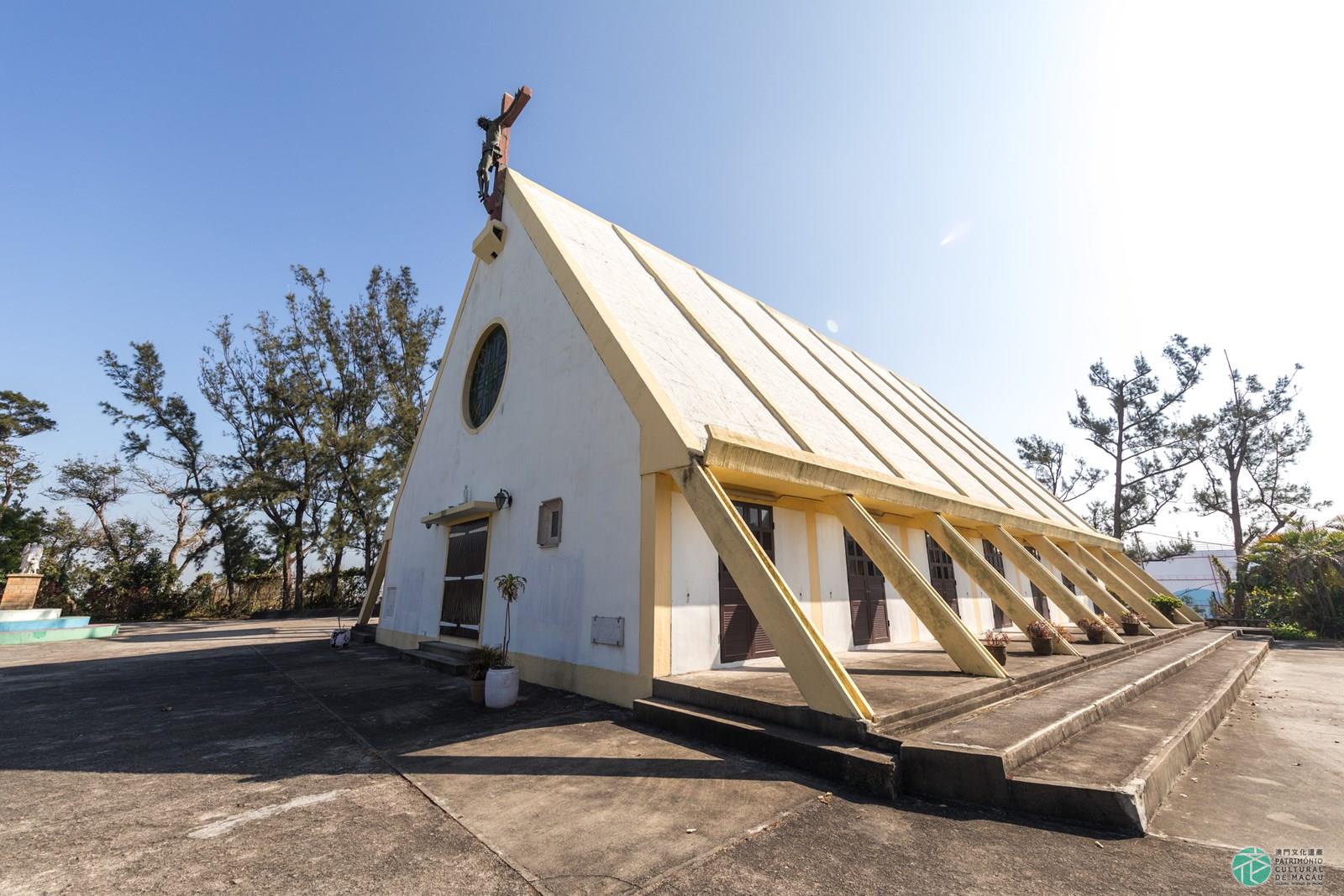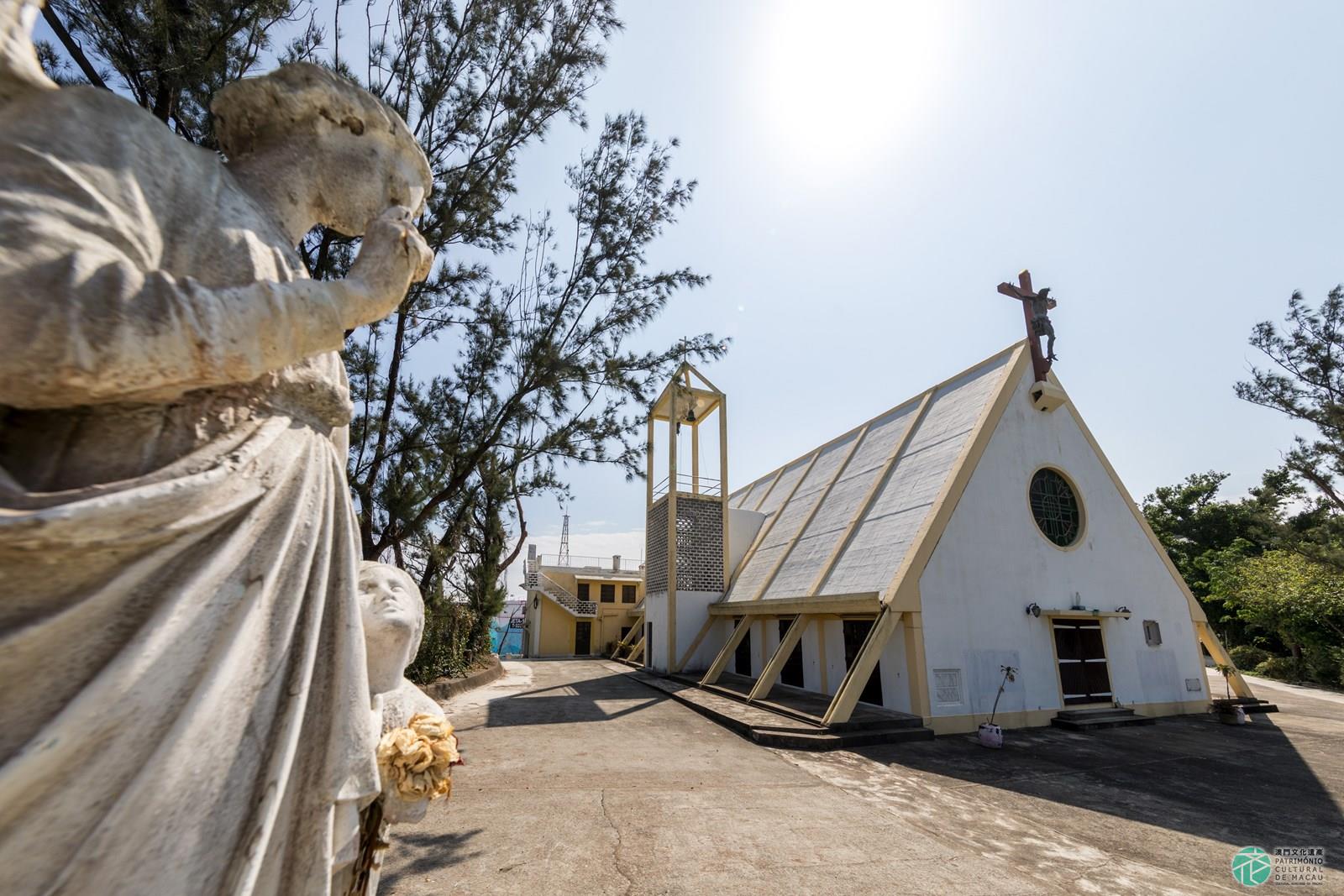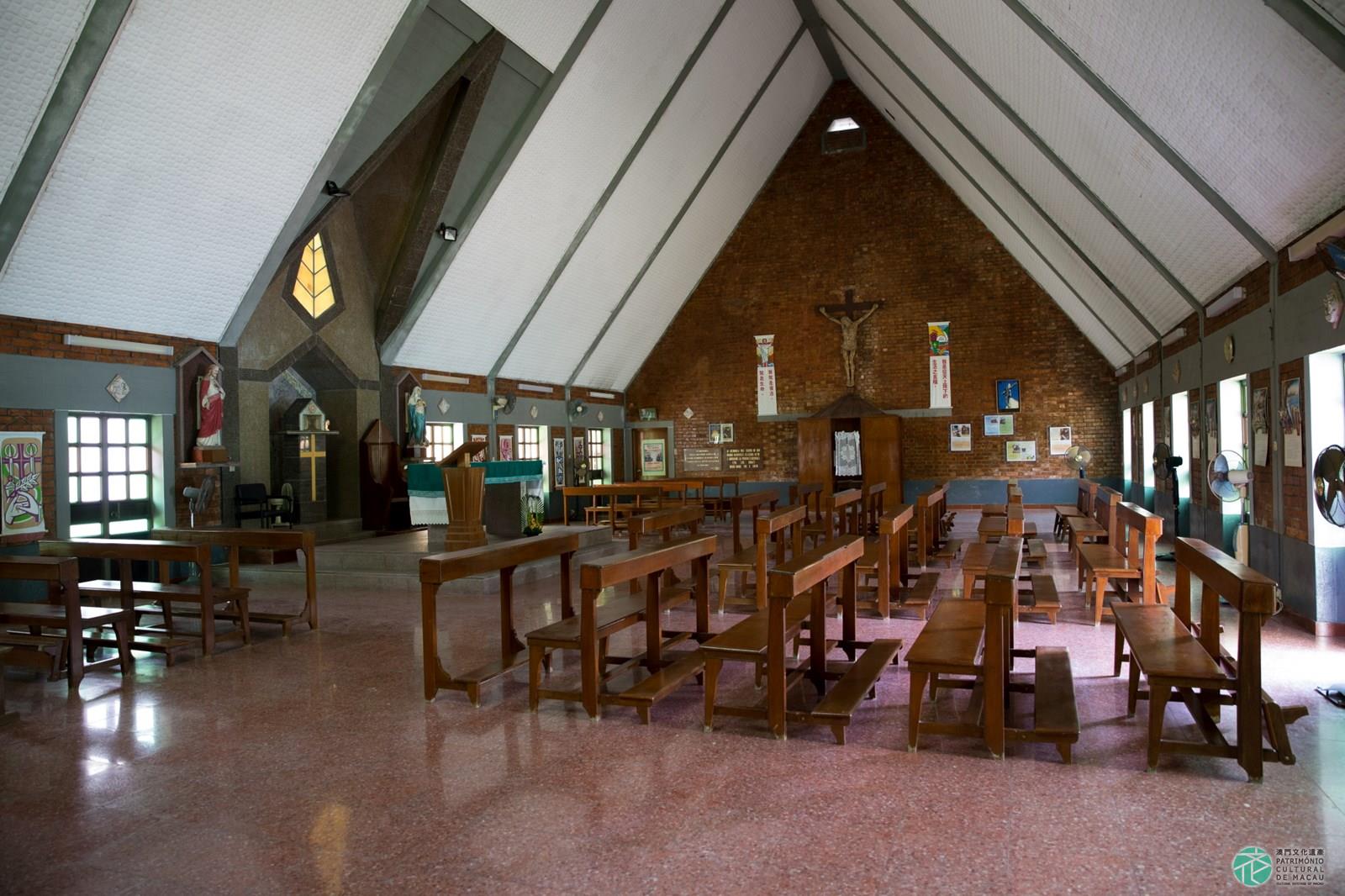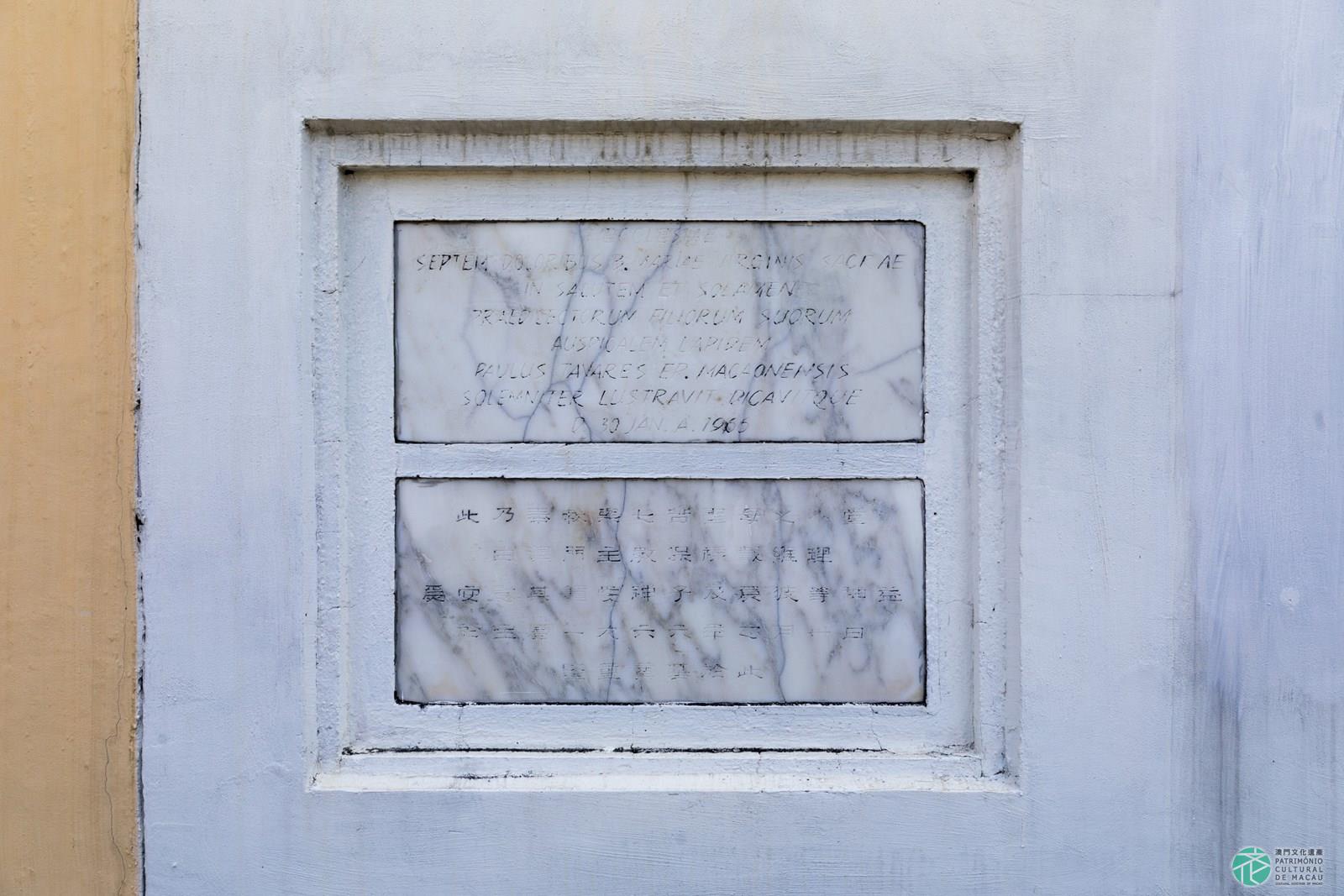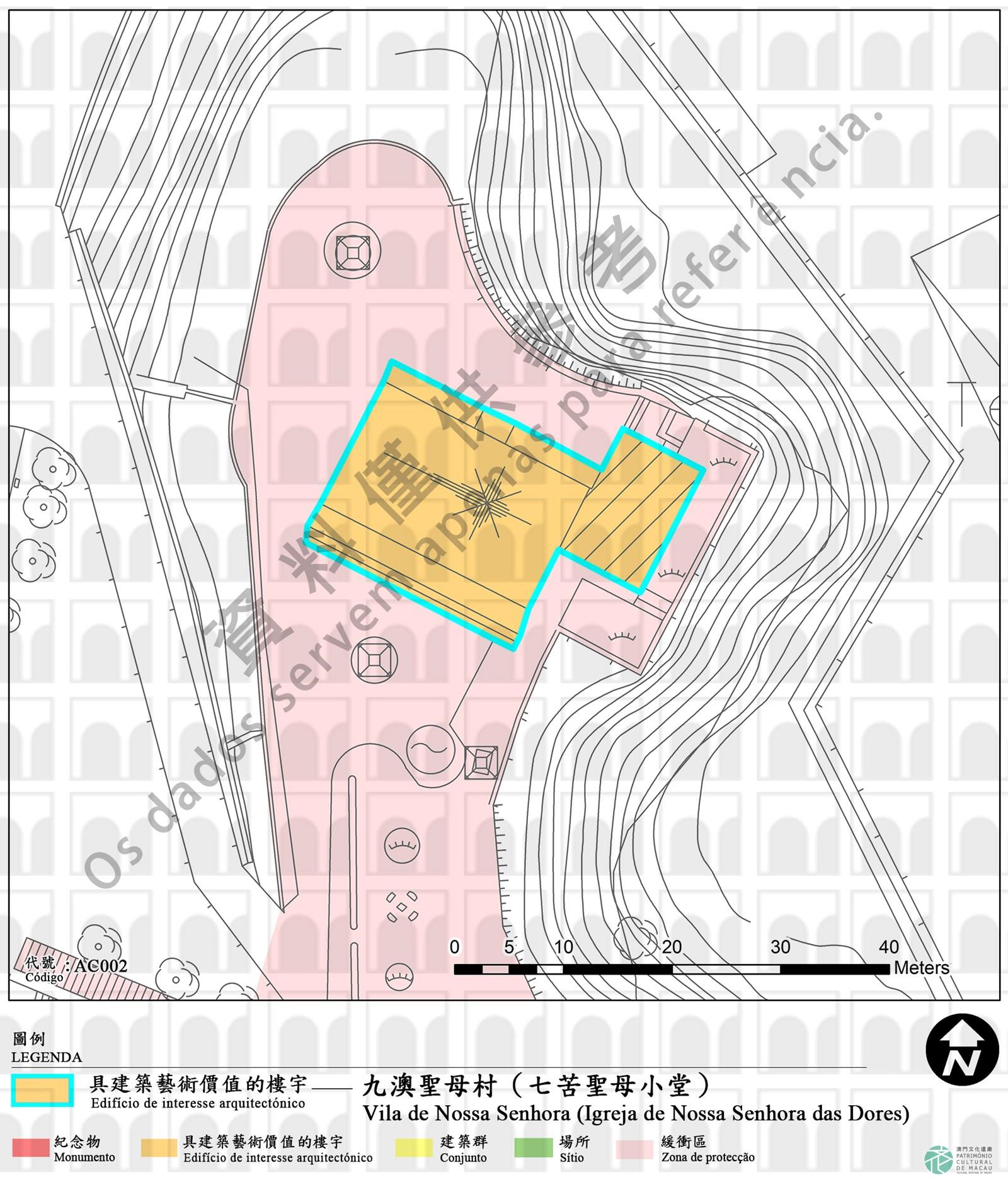The Nossa Senhora village, founded in 1964, consists of the former Ká Hó Leprosarium, Our Lady of Sorrows Church and other affiliated structures. It is the only existing site of a leprosarium in Macao, which also happens to be the site of the last leprosarium in the city to cease operation.
The prevention and treatment of leprosy in Macao began from the 16th century. In 1568, father D. Belchior Carneiro opened a leprosarium affiliated to the Holy House of Mercy, an organisation also founded by him. Later, due to the requirements for isolation treatment, a clinic dedicated to treating leprosy was established outside the city walls (now St. Lazarus Church). By the middle to late 19th century, in view of urban development, the then Portuguese government of Macao once again moved the leprosarium to Pac-Sa-Lan in Hengqin, which, however, was destroyed by a typhoon in 1883. To separate male and female lepers, the government then built a new leprosarium in both Pac-Sa-Lan and Ká Hó, Coloane. The Ká Hó Leprosarium completed in 1885 was designated for female lepers (predecessor of the site).
In 1929, the Portuguese government of Macao expanded the Ká Hó Leprosarium and the new complex was completed in 1930. Although the government was responsible for managing and financing the Ká Hó Leprosarium, the Catholic Diocese of Macau had always paid attention to the living conditions of lepers and played an important role in caring for them, as documented in the records about clergy members’ regular visits to the leprosarium to provide nursing services as early as the early 20th century.
In 1963, Father Gaetano Nicosia from Salesians of Don Bosco started serving in the Ká Hó Leprosarium and suggested renaming it ‘Nossa Senhora Village’ (Vila de Nossa Senhora). Later, the church ‘Igreja de Nossa Senhora das Dores’ was built and completed in 1966 with the support of Pope Paul VI, the Portuguese government of Macao and the Catholic Diocese of Macau, and was known as Our Lady of Sorrows Church for being dedicated to the Seven Sorrows of the Blessed Virgin Mary. The crucifix featured in the façade of the church was designed by the famed Italian sculptor Francisco Messina and the chapel was reused as a recreation room.
Our Lady of Sorrows Church was built by Italian architect Oseo Acconci with a simple and unique appearance. Built with reinforced concrete, the church features a modern geometric design with a rectangular layout and a triangular façade. The roof is supported by eight sets of cant beams, which divide the church into seven parts as well as assisting drainage, corresponding to the implication of ‘seven sorrows’. The church has a spacious interior without columns. The high altar and the tabernacle are placed in the middle north of the church, and the window opening above allows sunlight into the church through the bell tower at the back. Our Lady of Sorrows Church is the first in Macao that has followed the reforms proposed by the Second Vatican Council (Vatican II) regarding the interior decoration and arrangements of churches, such as placing the cross at the original location of the tabernacle and the niche statue, adopting a simple design for the altar and placing the altar in the centre of the church facing the congregation, and arranging the congregation seats in the fan shape to encircle and bring the congregation closer to the high altar.
